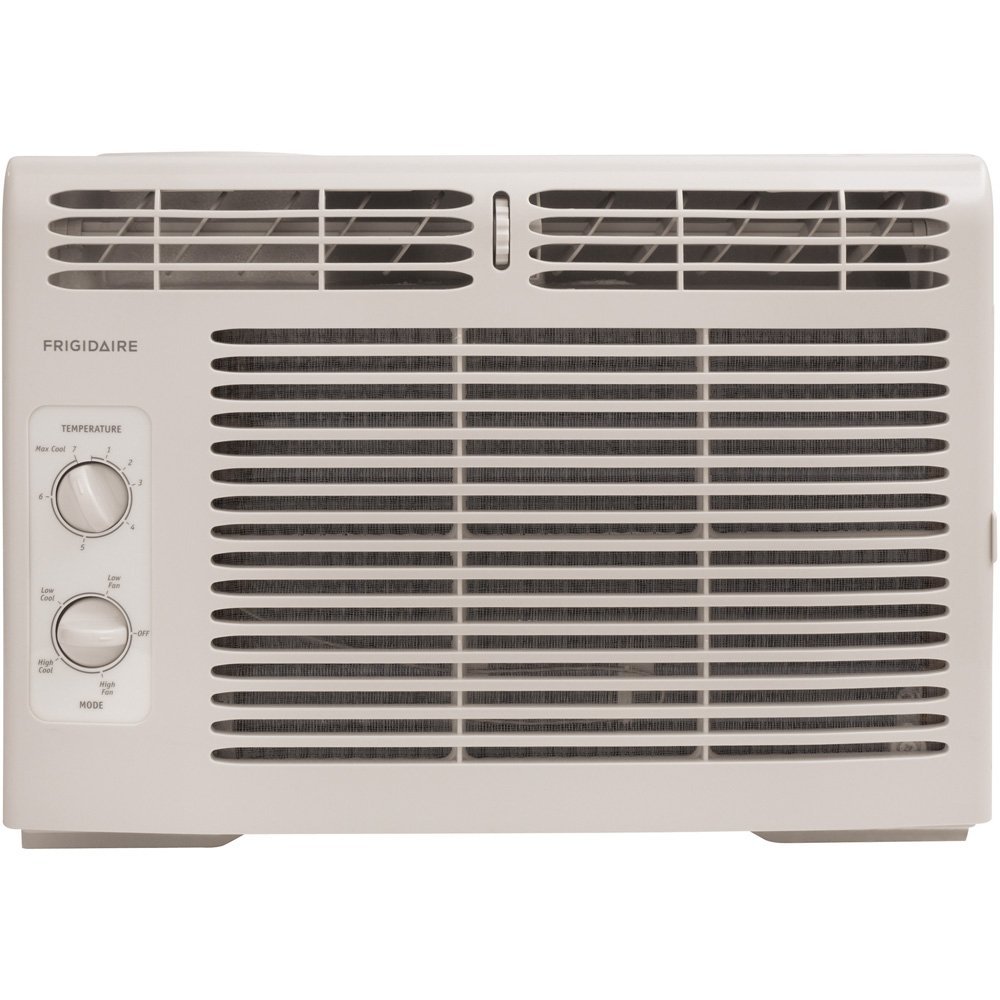In the United States, workers are protected from the adverse health effects of high degree noise exposure through the Occupational Safety and Health Administration (OSHA) noise standards.
Factory workers may be subjected to excess noise levels because of working in close proximity to high noise machines. It is not uncommon for workers in certain factories to operate in locations where the sound level exceeds 100 dBA.
The use of individual hearing protection to reach OSHA's noise standards is recognized as a last resort for use only after feasible engineering and administrative noise control measures have failed to lessen the noise satisfactorily. Consequently, administrative and engineering controls are of chief importance.
Power Pack Enclosures for factories have to meet the following criteria:
They must not obstruct workers or significantly influence the way operators utilize the system.
Noise challenges and machine enclosures may be an efficient means to reduce noise; nevertheless their design must not disturb workers or reduce productivity. A challenge in factories might be designing effective noise barriers that do not block paths or fork lift paths.
They have to be able to resist working conditions from the mill.
 air conditioning enclosures
air conditioning enclosures must be made for the environment in which they're placed. The materials from the sound control is constructed must not be affected from dirt, water or oil if those are predominant from the factory outlet. The materials need to have the ability to resist effects if placed in areas of high traffic.
They need to maintain the productivity and dependability of the machine and not cause malfunctions or engineering issues.
Electric Pump Enclosures must work as designed after any alterations are made to the machine. The changes must not reduce productivity.
Enclosing machines with acoustically rated enclosures can be a really effective technique of sound management. But this method can restrict airflow into the equipment and introduce overheating problems. Cooling systems may be required, which may themselves need noise management methods.
They must maintain visibility to mill areas and machines where required.
Workers frequently have to inspect machines when in performance. Noise control measures must not prevent visibility to critical places. Managers must be able to see in to areas where employees are currently working. Transparent sound control materials should be viewed in locations where visibility is required.
Noise consultants specialize in assessing sound levels and designing noise management methods. A fantastic sound adviser will be able to design noise control steps while fulfilling the above mentioned criteria.
UNDER MAINTENANCE

